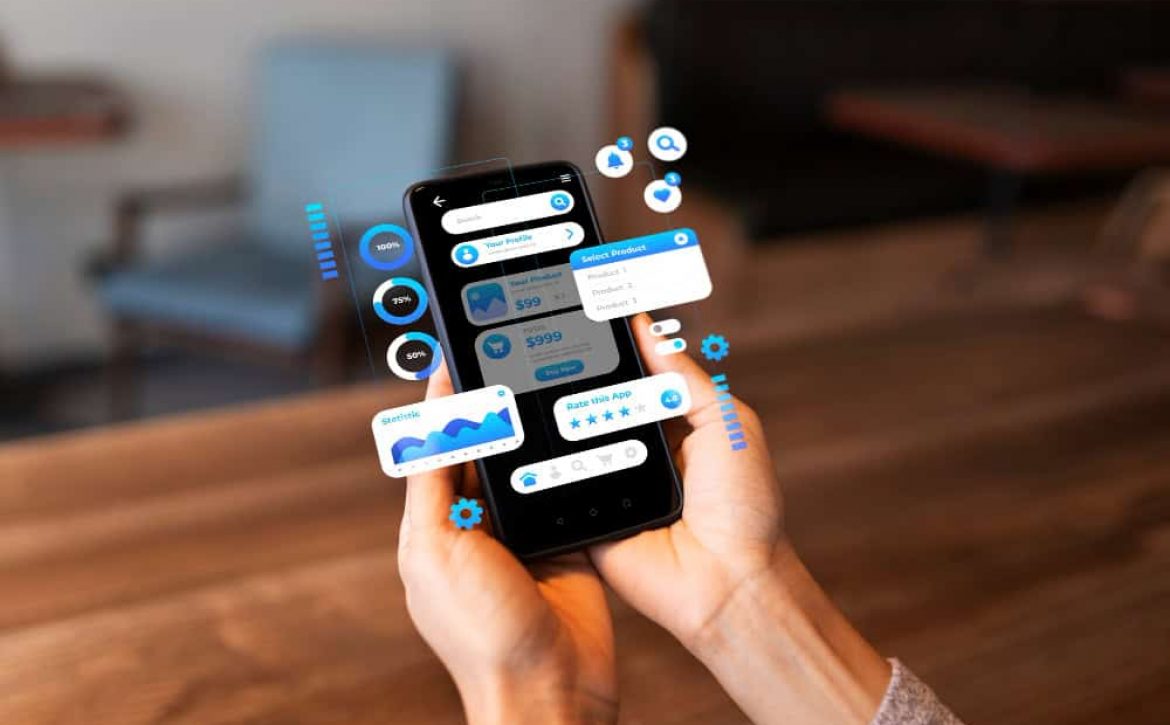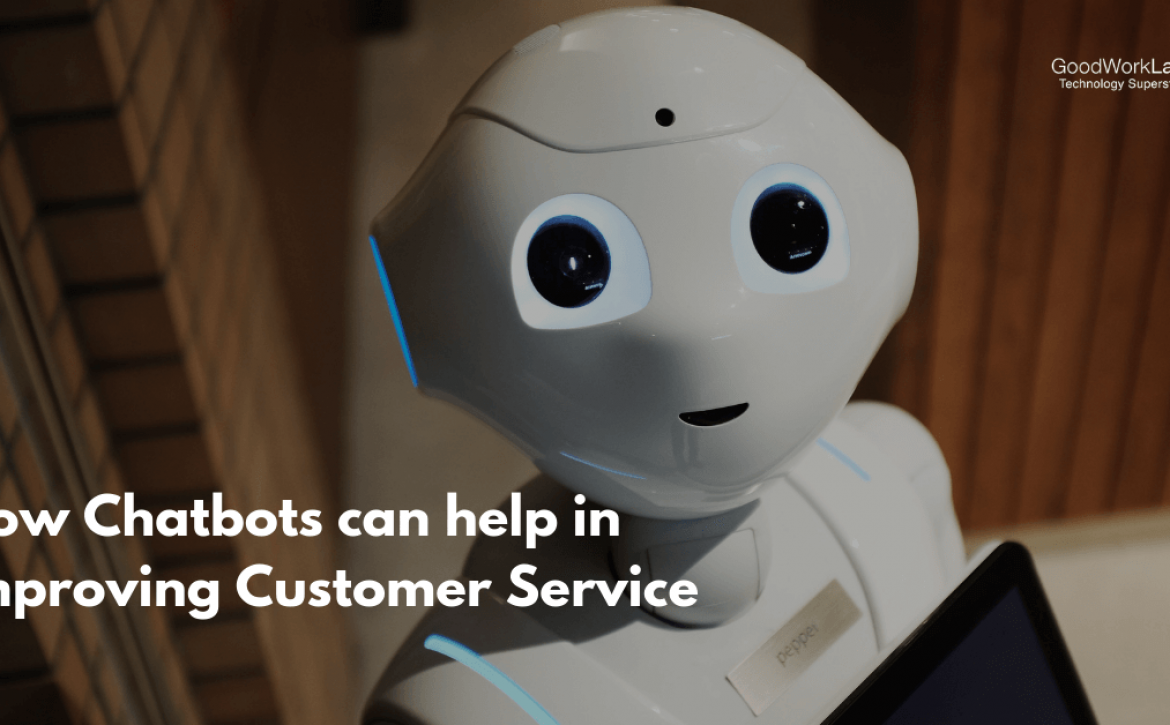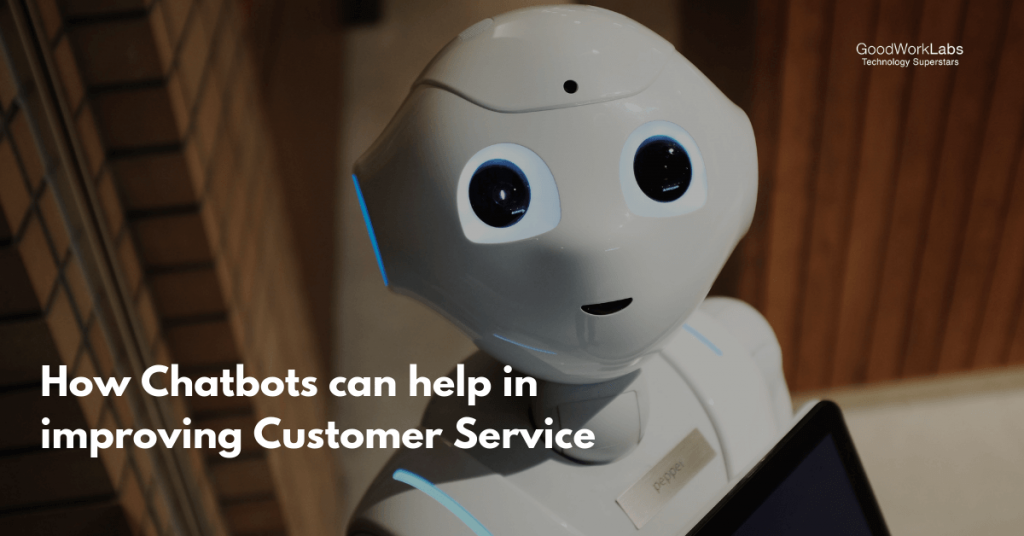AI-Powered Chatbots: Boosting Customer Experience and Reducing Costs
Introduction
In today’s digital landscape, businesses are increasingly turning to AI-powered chatbots to enhance customer experiences and streamline operations. These intelligent virtual assistants not only provide instant support but also significantly reduce operational costs. GoodWorkLabs, a leading software development company, specializes in crafting advanced AI chatbot solutions tailored to diverse business needs.
The Rise of AI Chatbots in Customer Service
AI chatbots have revolutionized customer service by offering 24/7 support, handling multiple queries simultaneously, and delivering consistent responses. According to a report by IBM, businesses utilizing AI-infused virtual agents can reduce customer service costs by up to 30%.
Key Benefits of AI-Powered Chatbots
1. Enhanced Customer Experience
AI chatbots provide immediate responses, reducing wait times and increasing customer satisfaction. They can handle a wide range of queries, from simple FAQs to complex issues, ensuring customers receive accurate information promptly.
2. Cost Reduction
Implementing AI chatbots leads to significant cost savings by automating routine tasks and reducing the need for large customer support teams. For instance, companies like Vodafone have reported cutting support costs by up to 30% through the use of AI chatbots.
3. Scalability
Unlike human agents, chatbots can handle an unlimited number of interactions simultaneously, making it easier for businesses to scale their operations without proportional increases in cost.
4. Data Collection and Analysis
Chatbots can collect valuable customer data during interactions, providing insights into customer behavior and preferences. This data can be analyzed to improve products, services, and customer engagement strategies.
GoodWorkLabs: Pioneering AI Chatbot Solutions
GoodWorkLabs stands at the forefront of AI chatbot development, offering customized solutions that align with specific business objectives. Their expertise encompasses:
-
Natural Language Processing (NLP): Enabling chatbots to understand and respond to human language effectively.
-
Machine Learning Integration: Allowing chatbots to learn from interactions and improve over time.
-
Multi-Platform Deployment: Ensuring chatbots are accessible across various platforms, including websites, mobile apps, and social media.
-
Secure and Compliant Solutions: Adhering to data protection regulations to maintain customer trust.
Implementing AI Chatbots: Best Practices
To maximize the benefits of AI chatbots, businesses should consider the following best practices:
1. Define Clear Objectives
Establish what you aim to achieve with the chatbot, such as reducing response times, handling specific queries, or collecting customer feedback.
2. Choose the Right Platform
Select a chatbot platform that aligns with your business needs and integrates seamlessly with your existing systems.
3. Continuous Training and Improvement
Regularly update the chatbot’s knowledge base and algorithms to ensure it adapts to changing customer needs and language usage.
4. Monitor Performance Metrics
Track key performance indicators (KPIs) such as customer satisfaction scores, resolution times, and engagement rates to assess the chatbot’s effectiveness.
Real-World Impact: Case Studies
Companies across various industries have successfully implemented AI chatbots to enhance customer service and reduce costs:
-
Banking Sector: Commonwealth Bank’s AI-powered chatbots handle approximately 50,000 daily inquiries, improving productivity by automating routine tasks and freeing up call center staff for more complex issues.
-
Healthcare Industry: Newcastle-based health insurer NIB saved $22 million through its AI-driven digital assistant, Nibby, which reduced the need for human customer service support by 60%
Future Outlook
The integration of AI chatbots is expected to become more sophisticated, with advancements in emotional intelligence, multilingual support, and seamless integration with other AI technologies. Businesses that adopt these innovations will be better positioned to meet evolving customer expectations and maintain a competitive edge.
Ready to Transform Your Customer Service with AI?
Partner with GoodWorkLabs to develop a tailored AI chatbot solution that enhances customer experience and drives cost efficiency.





